Events
15 Exciting Exhibitions To Catch This Winter
Slide Nr 1Anyone who still has doubts that the focus of the art world is increasingly shifting away from age-old European culture capitals, and that global attention is now more widely distributed than it ever was, need only look at what museums, galleries and festivals hold in store for the coming months. With highlights across the Middle East and Asia, it’s time to explore up-and-coming art destinations. [Artwork: Pae White at the National Gallery of Victoria]
0/15
Events
15 Exciting Exhibitions To Catch This Winter.
Slide Nr 2Now that Louvre Abu Dhabi has finally opened its gates (more than a year behind schedule), visitors can find out if the ambitious project has what it takes to become the “world’s first universal museum.” Before launching into a global future, its inaugural exhibition, titled From One Louvre to Another, looks to the past, specifically to the history of the Musée du Louvre in Paris, which will be contributing a majority of exhibits. [Image © Louvre Abu Dhabi – Photography Roland Halbe]
1/15
Events
15 Exciting Exhibitions To Catch This Winter.
Slide Nr 3Neighbouring Saudi Arabia has recently launched an “all-purpose culture destination” of its own. The King Abdulaziz Center for World Culture has an even broader focus on arts, science, literature and innovation. The museum galleries are mainly focused on Islamic design and heritage, as well as Middle Eastern modern and contemporary art.
2/15
Events
15 Exciting Exhibitions To Catch This Winter.
Slide Nr 4If queues for Yayoi Kusama exhibits at museums around the world are anything to go by, the artist’s eponymous museum, which opened in October in Tokyo, is sure to be a crowd-pleaser. The Yayoi Kusama Museum‘s inaugural exhibition, Creation is a Solitary Pursuit, Love is What Brings You Closer to Art is less spectacular than blockbuster installations like Infinity Mirrors, but explores many of the artist’s pet topics, including polka dots and pumpkin sculptures.
3/15
Events
15 Exciting Exhibitions To Catch This Winter.
Slide Nr 5In Australia, the National Gallery of Victoria launches its first ever Triennial, which will run until April 2018. The gargantuan exhibition features truly contemporary work by more than 100 artists and designers from 32 countries, ranging from fashion and photography to video games and scents, exploding all notions of genre and divisions between high/low art. Best of all, it’s free! [Artwork: Sissel Tolhaas]
4/15
Events
15 Exciting Exhibitions To Catch This Winter.
Slide Nr 6Another first – this time in Jakarta – as Indonesia gets its first modern and contemporary art museum. Museum Macan gives the public access to a private collection of Indonesian and international works, with the former making up about half of the exhibits. The opening show is announced as Art Turns. World Turns. Exploring the Collection of the Museum of Modern and Contemporary Art in Nusantara – Nusantara being a Javanese term for the Indonesian archipelago. As the title suggests, the exhibition explores Indonesian art in dialogue with global art history, as represented in the museum’s collection.
5/15
Events
15 Exciting Exhibitions To Catch This Winter.
Slide Nr 7Usually the most important event on the local art calendar, Art Basel Miami Beach may well be upstaged this year by the Institute of Contemporary Art, which opens a week before the global art fair, on December 1st. After 3 years in an interim venue, the museum is moving into a permanent new Design District home, comprising 6 galleries and a sculpture garden.
6/15
Events
15 Exciting Exhibitions To Catch This Winter.
Slide Nr 8One of the functions of decorative art – perhaps one of the most important purposes it serves and certainly one of the primal motivators for its creation – is to tell stories. Starting at the end of January, an exhibition at the Hammer Museum in Los Angeles seeks to examine the extent to which artists, curators, museums and their visitors can create a coherent narrative. It’s safe to assume that Stories of Almost Everyone will at the very least challenge simplistic interpretations of meaning and truth in artistic narratives. [Andrea Büttner, HAP Grieshaber / Franz Fühmann: Engel der Geschichte 25: Engel der Behinderten, Classen Verlag Düsseldorf 1982, (HAP Grieshaber / Franz Fühmann: Angel of History 25: Angel of the Disabled), 2010. © Andrea Büttner / VG Bild-Kunst, Bonn 2016]
7/15
Events
15 Exciting Exhibitions To Catch This Winter.
Slide Nr 9A slew of Modigliani exhibitions this year have borne testament to the late Italian painter’s increasing popularity. Hopefully the Tate Modern’s “comprehensive retrospective” and the New York Jewish Museum‘s exhibition Modigliani Unmasked will be less controversial than the show held in Genoa, Italy, early this year. It was forced to close early amidst allegations of forgery, despite being hailed as one of the most popular exhibitions of the year. [Seated Nude, 1917. Royal Museum of Fine Arts Antwerp, Lukasart in Flanders. Photo credit: Hugo Maertens, courtesy Tate Modern]
8/15
Events
15 Exciting Exhibitions To Catch This Winter.
Slide Nr 10The timing of Monochrome: Painting in Black and White may be a little unfortunate, but the subject is fascinating and the range of works included is extensive. Staging a London exhibition exclusively on black-and-white painting at a time of year when Britain is plunged into its dullest, darkest, season seems somewhat macabre, but curators have found some uplifting motifs, even in the absence of cheery colours. [Marlene Dumas, The Image as Burden, 1993. © Marlene Dumas. Photo: Peter Cox]
9/15
Events
15 Exciting Exhibitions To Catch This Winter.
Slide Nr 112017 kicked off with exhibitions marking the centenary of Auguste Rodin’s death, now the year is winding down with an exhibition dedicated to fellow Parisian Edgar Degas, who also died in 1917. The Fitzwilliam Museum in Cambridge, UK, is showing Degas: A Passion for Perfection until January 2018. [Degas, Little Dancer, (side view) Sainsbury Centre Visual Arts]
10/15
Events
15 Exciting Exhibitions To Catch This Winter.
Slide Nr 12A slightly different centenary celebrates a piece that sent ripples through the art world one hundred years ago, the effects of which are still felt today. Marcel Duchamp’s Fountain was the subject of a group exhibition in Hull, European City of Culture 2017, earlier this year. Now, the Royal Academy in London is also paying tribute to the conceptual artist with an exhibition juxtaposing his work with that of the surrealist Salvador Dalí. [Marcel Duchamp, Fountain, 1917 (replica 1964). National Gallery of Modern and Contemporary Art. Photography Schiavinotto Giuseppe / © Succession Marcel Duchamp/ADAGP, Paris and DACS, London 2017]
11/15
Events
15 Exciting Exhibitions To Catch This Winter.
Slide Nr 13Vienna is celebrating 4 of its greatest artists in 2018, all of whom died 100 years ago. Grouped under the slogan Beauty and the Abyss, a host of exhibitions and publications will pay tribute to Gustav Klimt, Egon Schiele, Otto Wagner and Koloman Moser throughout the year. [Painting in one of the spandrels on the north wall of the Main Staircase of the Kunsthistorisches Museum © KHM, Klimt Zwickel]
12/15
Events
15 Exciting Exhibitions To Catch This Winter.
Slide Nr 14At the same time, in Munich and Basel, museums are honouring a living artist. As Georg Baselitz celebrates his 80th birthday in 2018, Pinakothek der Moderne will be showing more than 1,000 of the German artist’s works from its graphical collection, and Fondation Beyeler presents a retrospective of more recent paintings and sculptures. [Öl und Kohle auf Leinwand, Privatbesitz, © Georg Baselitz, 2018, Foto- Jochen Littkemann, Berlin]
13/15
Events
15 Exciting Exhibitions To Catch This Winter.
Slide Nr 15The Bucerius Kunst Forum in Hamburg is having a meta moment, with an exhibition examining the birth of the art market in the Golden Age of the Netherlands through works of art painted, bought and sold in the Netherlands during that era. A must for anyone interested in art as a commodity. [Adriaen von Ostade, Der Maler in seinem Atelier,1663]
14/15
Events
15 Exciting Exhibitions To Catch This Winter.
Slide Nr 16Also in Germany, Kunsthalle Bielefeld is exploring the current and contemporary reception of Expressionism. The title of the exhibition, Der böse Expressionismus (Evil Expressionism), alludes to the ability of this critical art movement to shock the establishment of the day. Although today’s audience is unlikely to be shocked by the works of Oskar Kokoschka, Ernst Ludwig Kirchner, Otto Dix et al, their themes are still relevant. [Christian Rohlfs, Tänzerinnen]
15/15

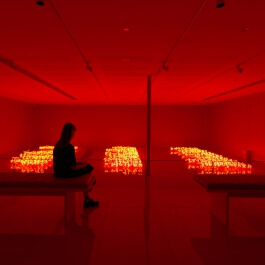
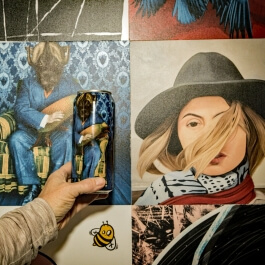
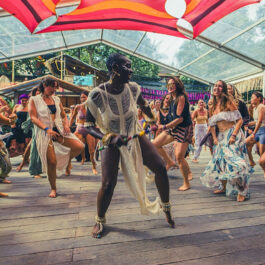


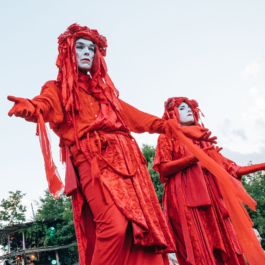
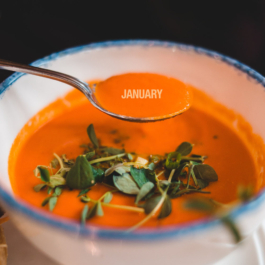

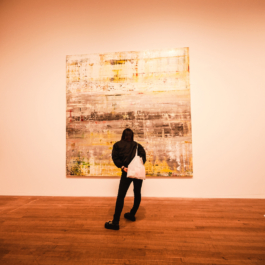
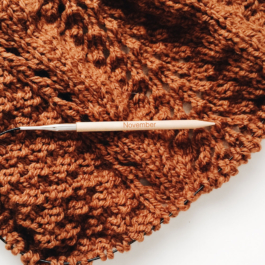
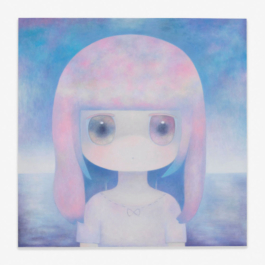
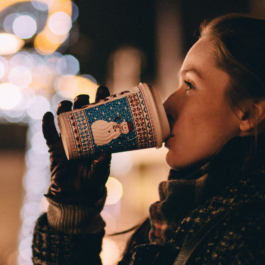
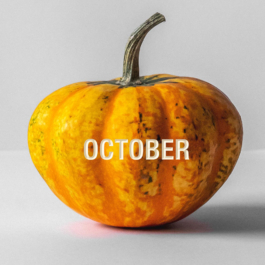

Sorry, the comment form is closed at this time.